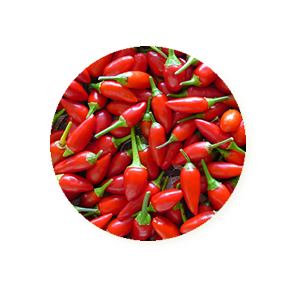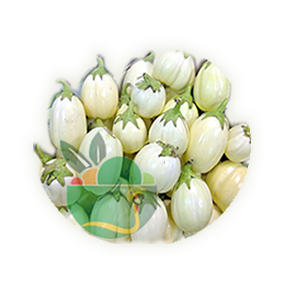
French Beans
French beans contain protein, fat, calcium, iron, phosphorus, vitamins A, B, D and starch. Planting should be scheduled so that most of the crop is ready between October to mid-December and from mid-January to end of May. Use of herbicides may be economically feasible for the commercial French bean.
Description
French beans are the unripe, young fruit and protective pods of various cultivars of the common bean. Immature or young pods of the runner bean, yardlong bean, and hyacinth bean are used in a similar way.
Impressive Benefits of Green Beans
Health Benefits of Green Beans
Green beans provide a wealth of nutrients in addition to being a versatile and delicious element in many culinary preparations. Let’s look at the wide range of benefits in detail.
Reduce Heart Diseases
Green beans can help reduce the risk of heart diseases due to their high levels of flavonoids. Flavonoids are polyphenolic antioxidants that are commonly found in fruits and vegetables. They have high levels of flavonoids and these antioxidants have certain anti-inflammatory properties. Test subjects with high flavonoid levels experienced anti-thrombotic results, preventing blood clots in the arteries and veins. Cardiovascular diseases, heart attacks, and strokes are commonly caused by thrombotic activity, which means that a healthy volume of green beans and flavonoids in a diet can help prevent some of these conditions.
Prevent Colon Cancer
Recent studies have shown green bean consumption to be beneficial for preventing pre-cancerous polyps that commonly lead to colon cancer. Many studies have tried to link dry bean intake to cancer prevention, with limited results. However, new evidence suggests that increasing dietary green bean intake can reduce the risk of cancerous adenoma recurrence and colorectal cancer.




